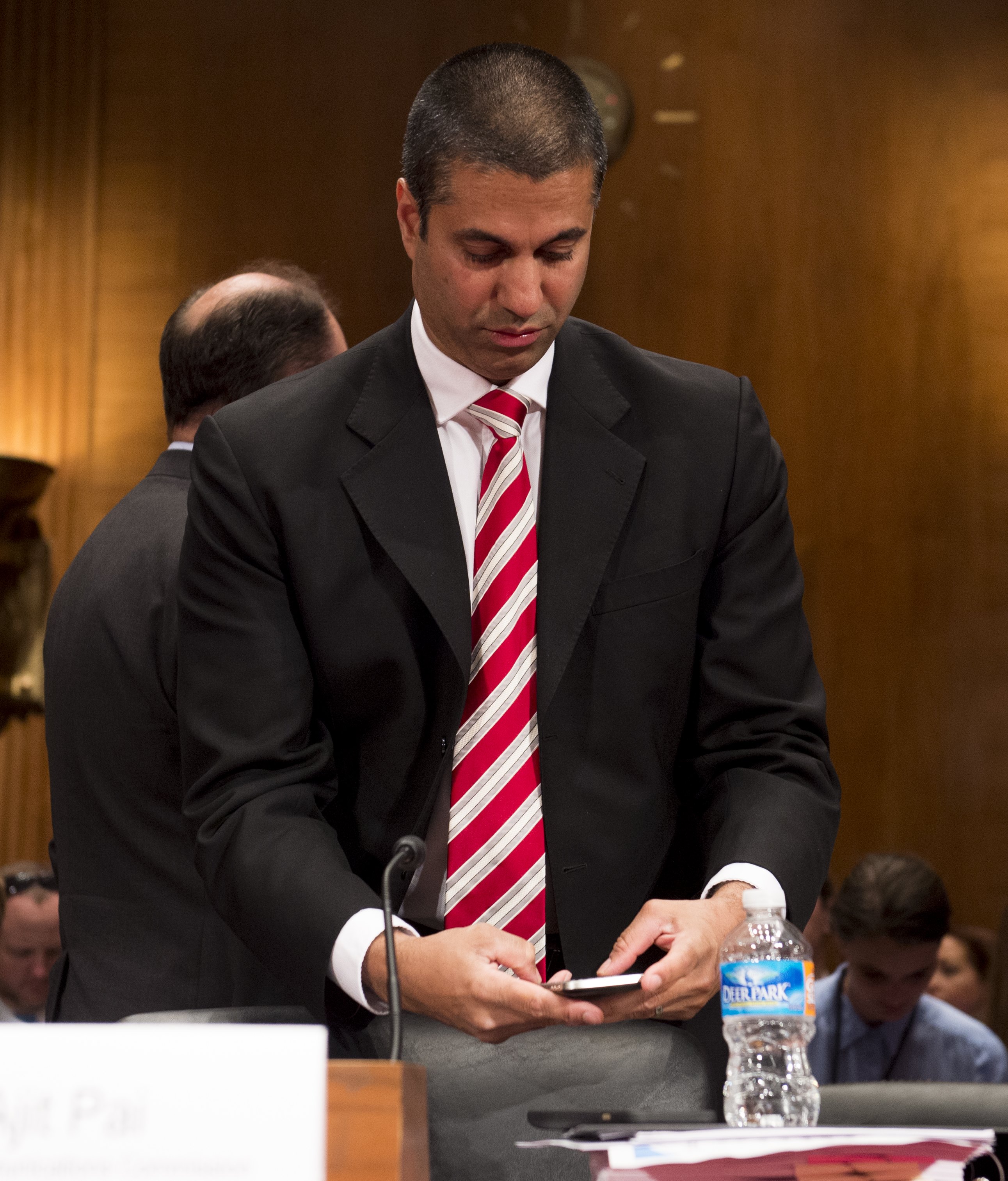Will We Ever Stop the Robocallers?

If the Federal Communications Commission’s new initiative to crack down on robocalls sounds familiar, that’s because the agency also launched an ambitious crackdown nearly a year ago. The fact that we aren’t much closer to a solution now than we were then is a reflection of how complicated and difficult the problem is.
Last summer, the FCC launched an industry-led “robocall task force,” which included representatives from more than 30 technology companies, and told them to come back with “comprehensive solutions to prevent, detect, and filter” the unwanted calls that Tom Wheeler, then the FCC’s chairman, called a “scourge” (see “The Do-Not-Call List Has a Gaping Hole”).
A report from the task force in October outlined a number of strategies for dealing with the challenge but also concluded that “there is no ubiquitous solution” for the problem. Meanwhile, things keep getting worse. Residents of the U.S. receive more than two billion of the calls each month, and new chairman Ajit Pai says robocalls are the number-one source of consumer complaints at the FCC. “Americans are mad as hell,” he said during a public meeting in Washington on Thursday.
Pai thinks we need a new system for authenticating calls, which voice-over-Internet technology has made particularly challenging. Spammers all over the world have access to cheap tools for automatically dialing U.S. numbers, and it is relatively easy to fool caller identification systems into displaying phony numbers. The FCC is now seeking comment on a new call authentication system that industry groups have proposed.
The system, which was also outlined in last year’s report, would be based on new protocols developed by the Internet Engineering Task Force, a volunteer group of engineers who develop and upgrade open-source technical standards for the Internet. Essentially, it would allow the service provider originating a call to add a cryptographic signature that separate carriers along the way can use to verify that the caller is using a legitimate number.
Seems simple enough, but implementing such a scheme across the entire telephone system will be complicated, and it won’t happen any time soon. For starters, many carriers have little incentive to participate, because they profit from increasing traffic of any kind on their networks. And what role should the government play? Commissioner Michael O’Rielly, in his remarks at the meeting, said a heavy-handed approach would be wrong: “Creating, facilitating, or mandating such a regime, which seems to be very close to establishing a de facto technology mandate, is not the proper role of the commission.”
(Read More: Reuters, “The Do-Not-Call List Has a Gaping Hole”)
Keep Reading
Most Popular
Large language models can do jaw-dropping things. But nobody knows exactly why.
And that's a problem. Figuring it out is one of the biggest scientific puzzles of our time and a crucial step towards controlling more powerful future models.
The problem with plug-in hybrids? Their drivers.
Plug-in hybrids are often sold as a transition to EVs, but new data from Europe shows we’re still underestimating the emissions they produce.
Google DeepMind’s new generative model makes Super Mario–like games from scratch
Genie learns how to control games by watching hours and hours of video. It could help train next-gen robots too.
How scientists traced a mysterious covid case back to six toilets
When wastewater surveillance turns into a hunt for a single infected individual, the ethics get tricky.
Stay connected
Get the latest updates from
MIT Technology Review
Discover special offers, top stories, upcoming events, and more.